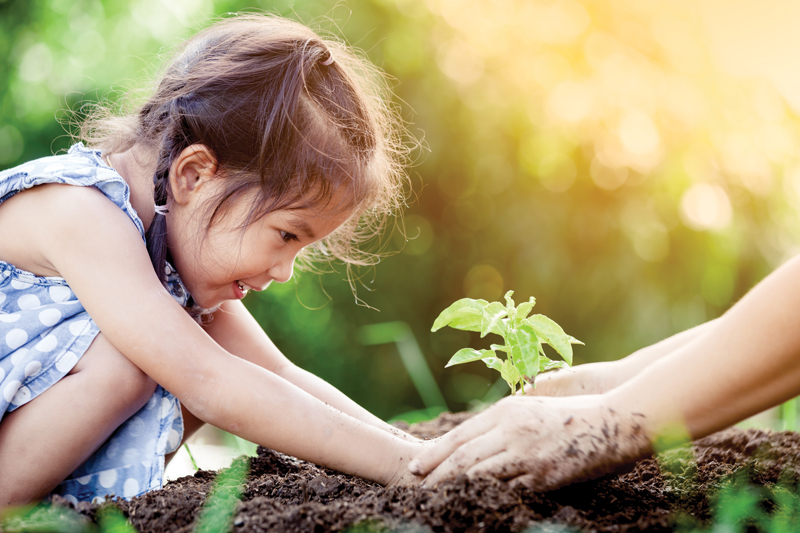In spite of our human longing for a better future, change doesn’t happen easily, even in the face of dire threat. Perhaps that’s why New Year diet resolutions and the ten-year goals set by the United Nations Convention on Biological Diversity mostly go unmet. As a result, carbs and carbon are likely to increase. One month or one decade into what we hoped would be eventualities for the better, we find ourselves boomeranged back to the gate for another serial start.
Why are most attempts to craft an improved tomorrow reminiscent of the movie Groundhog Day? What goes awry in the genuine pursuit of necessary change?
We’re too quick to sacrifice what’s now for what’s new.
Our landfills are filling fast with the evidence. Keeping pace alongside the dumping grounds of tossed-away possessions are say-goodbye lists of personal conditions and circumstances that no longer suit our fancy: extra pounds, a challenging relationship, an addiction that’s the sign of an insatiable appetite for feeling good or refusing to feel at all, the latest trend we’ve labeled as “toxic.” This is in spite of the fact that cures are often formed from, “the hair of the dog that bit us.”
Hasty exits are often the wise response. But without honoring the past and keeping an heirloom seed to plant in the fertile ground which naturally becomes tomorrow, we too often dispose of tangibles and intangibles long before their value and utility have actually been lost. Our technological upgrades live the same hot-minute lifespans as our downgraded attention spans.
As a result, our personal and global world shapes around an illusion of separation rather than the recognition that every bit is part of the whole and has contributing value, even as forms appear and disappear, shift, evolve, and adapt. We lose awareness of the links with yesterday and the tomorrow we hoped to bring about in the first place: not a future cast in stone by some well-thought-out plan, but one that seeks fertility in the most barren of right-now moments.
As we stand at the threshold of what scientists are calling the planet’s sixth era of mass extinction, maybe the answer is to return to what naturally occurs when we fail to meet our strategic goals, hopes, and dreams or find they collide with those of others. What might happen if we returned to the bottom of the landfill to recover what we cast off days, weeks, or ages ago, for all that glistened and turned out not to be gold?
Could the extra body weight we carry become precious evidence of untapped reserves and our desire to lose it be the impulse to share those resources with others? Could patterns of addiction be rediscovered as measures of tremendous commitment and loyalty? Could mining the landfill become a life-affirming practice?
As creative beings, we are hardwired to plot our way toward more preferable outcomes, to achieve something better than what we have. We’re programmed to reshape ourselves and influence the world we live in. Though it sometimes gets in our way, it can’t be left behind. Our goal orientation needs a partner.
Mother Earth has been around a long time and is a consummate recycler. Human beings are relative newcomers, once just another neighbor in Her blue-green garden before evolving to our present species-centric form. Perhaps if we stepped back to realign with the Mother at the start gate, following Her good lead of fertility-making by reusing everything and wasting nothing, we might stand a chance of dodging dire predictions. After all, She is the master conductor of the whole symphony of magnificent parts.
Perhaps partnering with our origins represents the kind of change in climate that isn’t to be forestalled, but to be urgently hurried forth. Maybe then the future will naturally unfold and take care of itself, and us, in ways our resolutions, goals and plans never could all on their own. Maybe this is the fertile path to the future we’ve all been longing for.
Pat Heavren, MHSA, is a coach, consultant, mediator and teacher whose passion is helping others to grow their personal vitality and professional leadership by aligning with the wisdom of the natural world. She is the author of Magic in Plain Sight: When Acceptance is the Healing and is former senior teaching faculty with the Four Winds Society’s International School of Energy Medicine. She can be reached at: www.livingsource.us.
